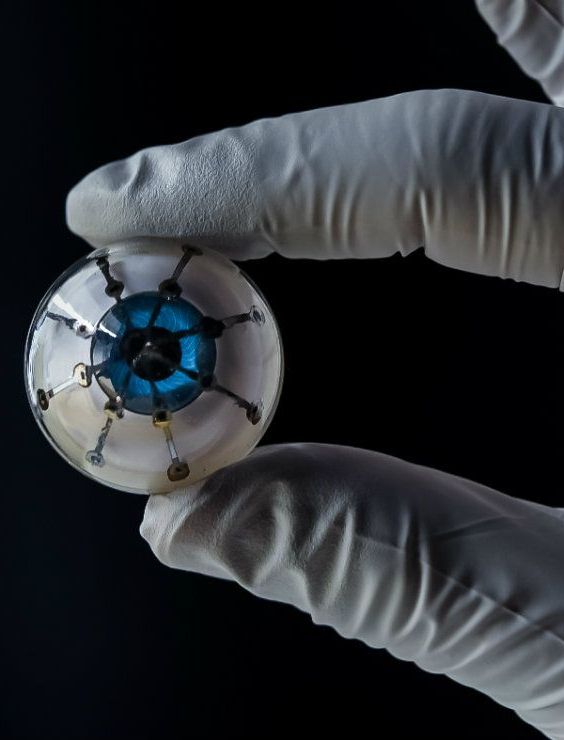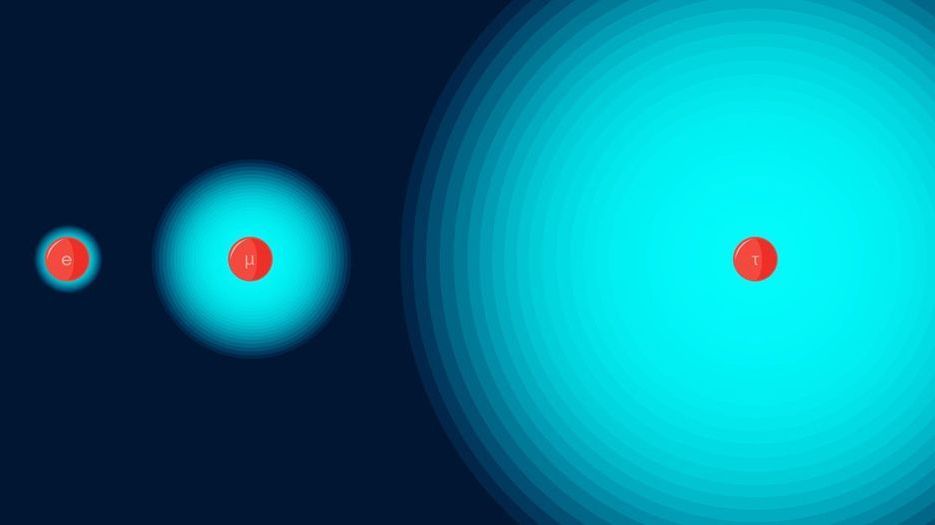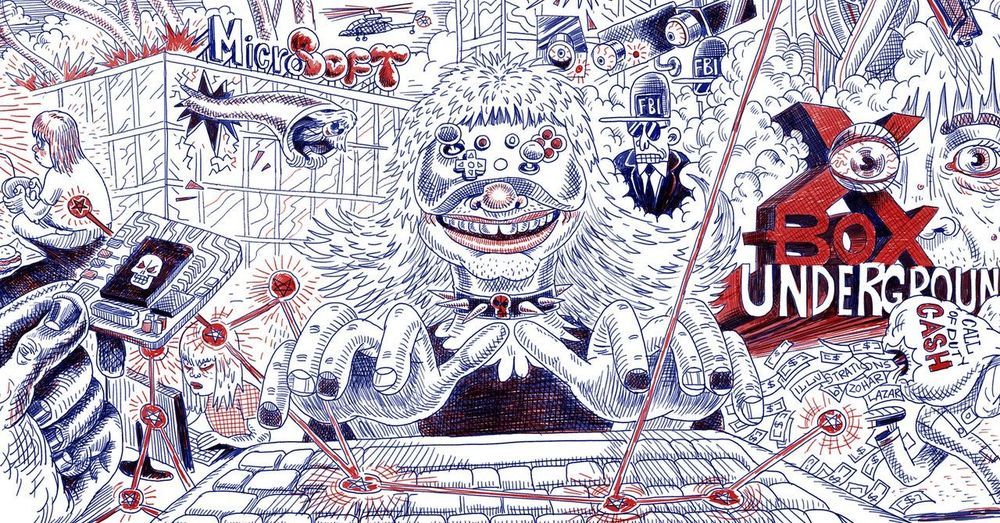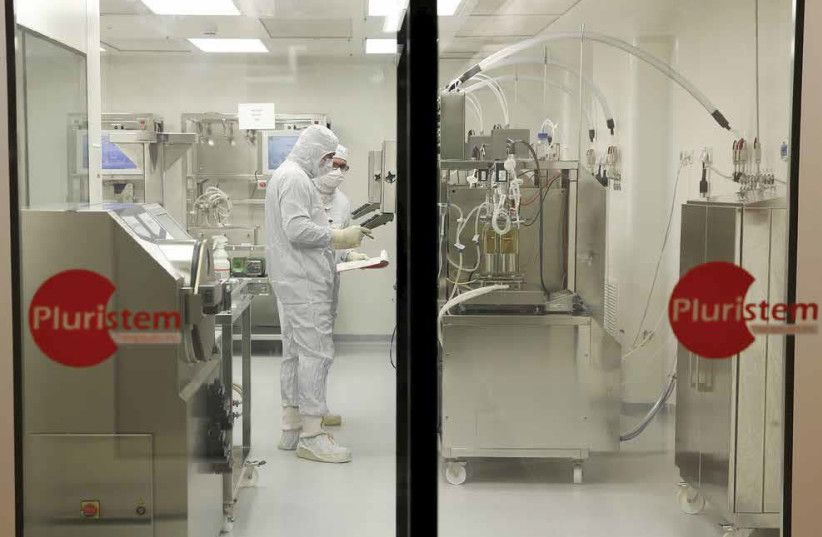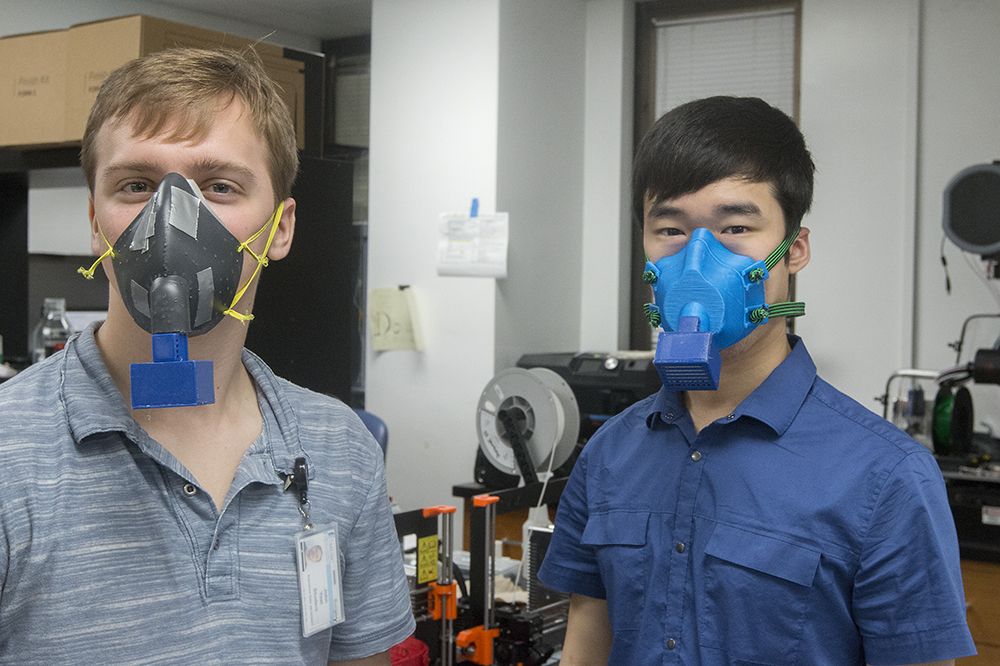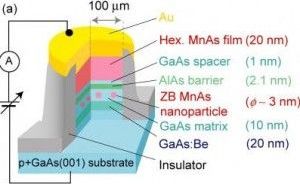Pluristem Therapeutics, a Haifa-based regenerative-medicine company, has treated its first three coronavirus patients in Israel with its placenta-based cell-therapy product.
“In this time of emergency, we are honored to be taking part in the global effort to support patients and healthcare systems,” Pluristem president and CEO Yaky Yanay said. Pluristem said its PLX cells are “allogeneic mesenchymal-like cells that have immunomodulatory properties,” meaning they induce the immune system’s natural regulatory T cells and M2 macrophages. The result could be the reversal of dangerous overactivation of the immune system. This would likely reduce the fatal symptoms of pneumonia and pneumonitis (general inflammation of lung tissue).
The company dosed three patients in two different hospitals in Israel under a compassionate-use program for the treatment of COVID-19. It was approved by the Health Ministry.
Pluristem expects to enroll additional Israeli patients in the coming days. The company will share updates on clinical outcomes once significant data has been gathered, it said in a press release.
All the patients who have received the therapy are high risk. They are older, have preexisting medical conditions and have been intubated with a ventilator.

